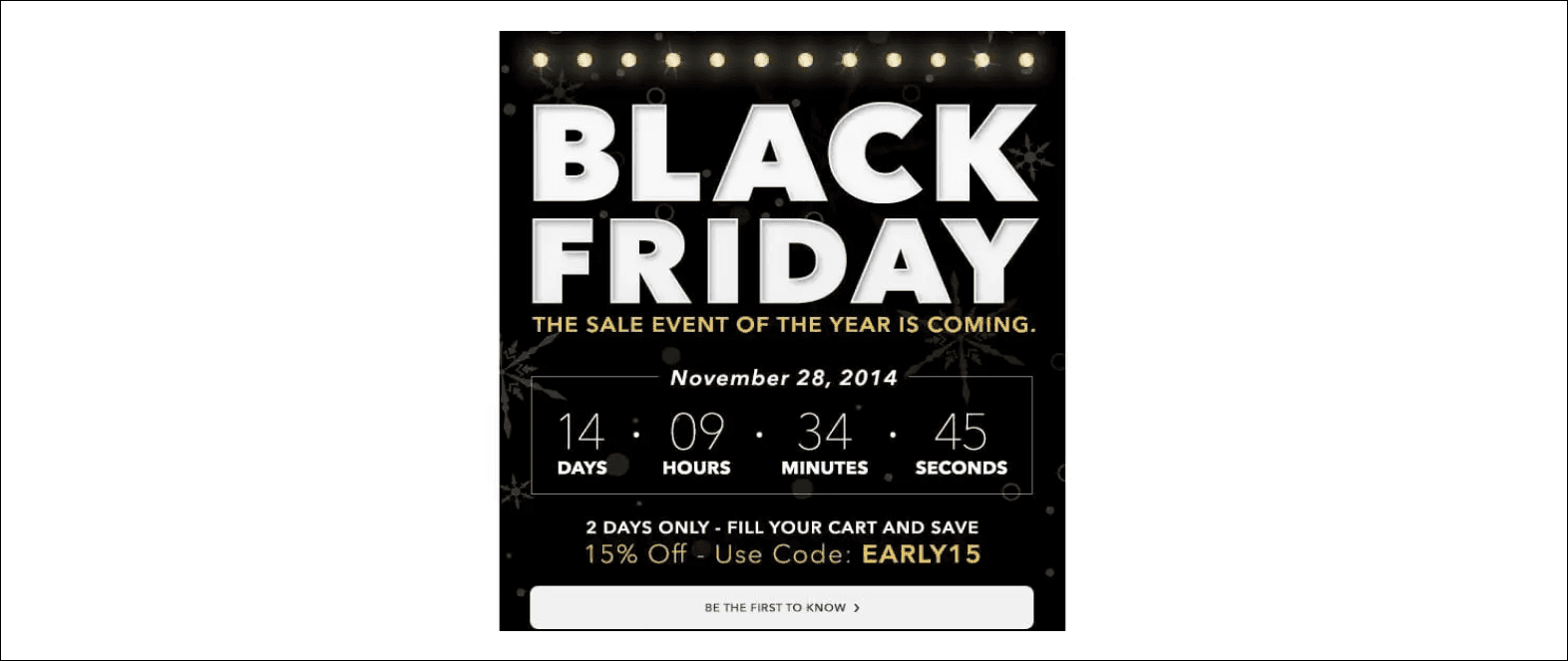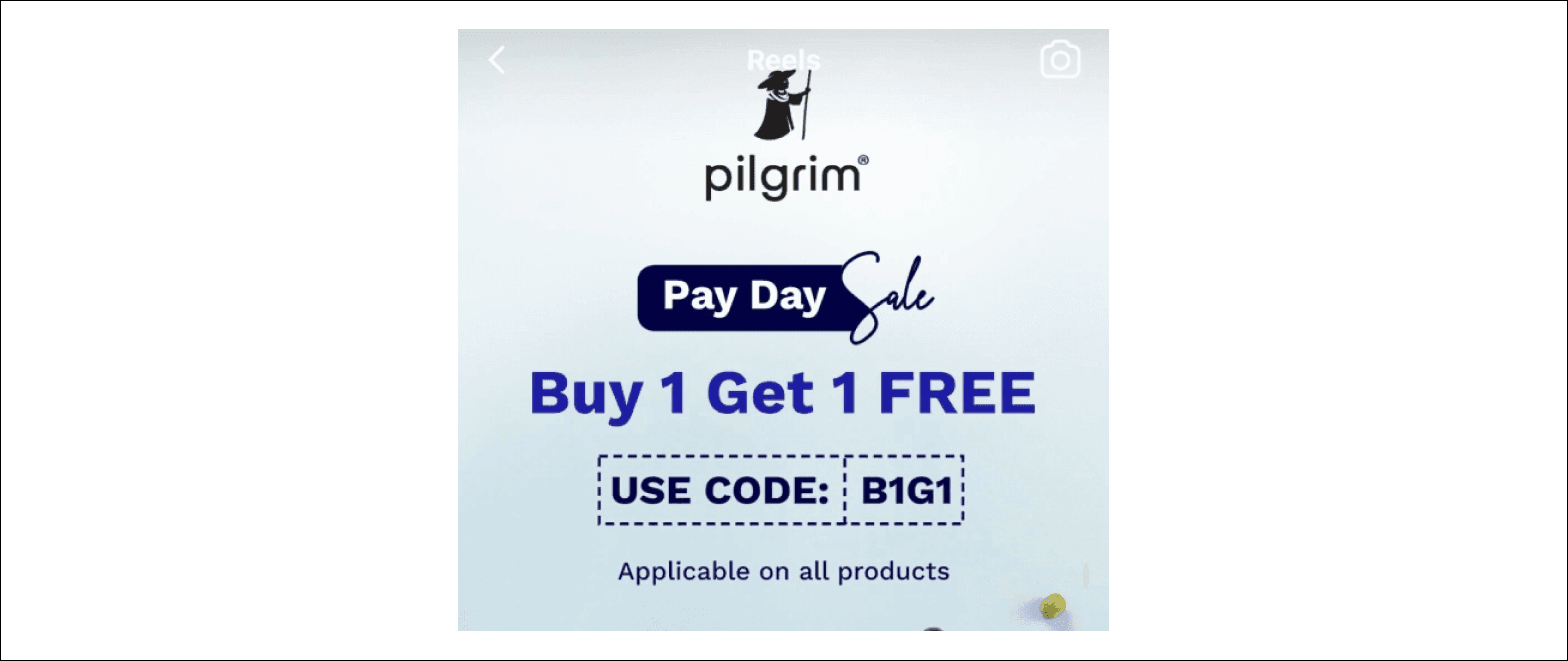In the digital marketing era, discount coupons have emerged as a powerful tool to improve your business's performance drastically. According to Capterra’s 2022 Coupon Preferences Survey 78% of online shoppers reported canceling a purchase due to a lack of coupons. Moreover, 86% of shoppers said they would likely try a new brand if they had a coupon. Therefore, devising a good coupon marketing strategy is crucial to boost your store's revenue and delight buyers.
This article will discuss different types of discount coupons and provide strategies for using them effectively.
Why customers love discounts
Discounts create a sense of saving for customers, a crucial aspect influencing their purchasing decisions. It's not solely about the money saved; it's also about the psychological gratification derived from feeling like they've secured a bargain. Understanding this consumer psychology is paramount to effectively utilizing discounts in your sales strategy. Additionally, customers perceive discounts as a way to acquire more value for their money, enhancing their satisfaction with their purchases.
Moreover, discounts serve as both a marketing tactic and a means of retaining loyal customers while attracting new ones. They give prospective customers a compelling reason to opt for your business over competitors, granting you a competitive advantage in the market. Furthermore, discounts can become something customers proudly share with their family and friends as an accomplishment.
Types of discount coupons to offer
There are various discount coupons to offer, and choosing the right one depends on your business's needs and goals. Here are some common types:
Type #1: Flat discount coupons
A flat discount coupon provides a fixed amount off on purchase, regardless of the total spent. For instance, you might receive a flat $10 off on a purchase. This would apply to the total order value, whether $100. $120 or $150. This type of coupon is straightforward for customers to understand.
Type #2: Percent-off discount coupons
Percent-off discount coupons offer buyers a percentage off their total order value. This strategy is often used during periods of low sales. This ensures that the higher the order, the higher the discount the customers receive. For instance, customers might receive a 20% discount on their entire purchase. So if their total order is $100 or $200, they’ll receive a discount of $20 or $40, respectively.
Type #3: Free shipping coupons
Free shipping coupons are a powerful incentive for buyers. Customers are often okay with paying the actual cost of the item, but paying extra shipping fees bothers them, and they abandon their purchase. Free shipping coupons encourage customers to complete their purchase by offering to cover the shipping costs.
Type #4: BOGO (Buy One Get One) coupons
BOGO coupons offer a deal where if you buy one product, you get another for free or at a discount. These offers can be applied to the same or different products. For instance, a customer could buy a mobile and get a Bluetooth headset for free.
Remember, there are no restrictions on how you bundle and offer discounts to your buyers. However, certain coupons are suitable for specific situations.
Which coupons do buyers prefer?

Source- Capterra’s 2022 Coupon Preferences Survey
Some discount coupon strategies
Here are some strategies that you can use to get the most out of your discount coupons:
1. Exit-intent popups
This strategy involves presenting discount offers via an exit-intent popup to potential buyers about to leave your ecommerce store. This can effectively prevent cart abandonment and boost checkout rates.
Example: Zutano offers a 10% discount to encourage buyers to complete their purchase when they're about to leave items in their cart.

2. Product bundling
Bundling products and offering a discount on the bundle can encourage cross-selling and increase the average order value.
Example: HK Vital combined two similar products to increase the overall value of a customer’s purchase at a discounted price.

3. Seasonal or festive discounts
During peak shopping seasons like Black Friday, Christmas, New Year's, etc., holding a seasonal sale and offering discounts or special festive deals can attract a swarm of buyers.
Example: ZAGG, for instance, offered 15% off and early access for their Black Friday sale, generating impressive sales figures.

4. Flash sales
Flash sales are sales that usually last 24-48 hours and can create a sense of urgency and hype among customers. They also usually offer very high discounts.
Example: Jimmy Luxury, for example, offered a summer flash sale with 70% off on select items, creating a buying frenzy among their customers.

5. Coupons to win back buyers
Use free shipping coupons and percent-off discounts to win back buyers who have abandoned their carts.
Example: This approach worked wonders for Hayneedle, who offered 10% off coupon discounts to win back customers.

6. BOGO deals
BOGO (Buy-one-Get-one) deals can be a brilliant way to clear out excess inventory or push slow-moving products.
Example: Pilgrim runs a Pay Day sale with BOGO offers, which helps move the inventory faster and delights the customers with a great deal.

Additionally, whether flat discounts, percent-off, free shipping, or BOGO, sales and discount coupons are powerful tools for businesses to attract and retain customers. With the right strategy, they can significantly boost your sales and enhance customer loyalty. Analyze your sales data, customer feedback, and market trends to decide which discounts work best for your business.
Beyond traditional discount strategies, businesses can enhance customer engagement by incorporating interactive widgets into emails to display discount offers, enabling targeted coupon distribution and gamifying the coupon collection process for increased enjoyment, engagement, and effectiveness.
Power of interactivity in emails
Interactive emails allow users to engage directly with email content by tapping, swiping, or hovering over various interactive elements. From filling out surveys to responding to polls or solving puzzles, users can interact with the content easily without navigating away from their inboxes. This enhanced level of engagement provides a more enjoyable user experience and yields several benefits for brands.
Let's visualize an interactive widget in an email
Imagine a digital "Spin the Wheel" game. It will:
Provide offers or coupons.
Run giveaways
Promote flash sales

In this strategy, customers get a coupon when they spin a digital wheel within the email. The element of surprise adds excitement and increases engagement.
- Quiz-based discounts: Here, customers are given discounts based on their quiz scores. They answer by choosing the correct option for the questions and receive their coupon at the end of the quiz. This engages the customers and provides valuable insights into their preferences.

Referral Program: In a referral program, customers are asked to refer a friend for discounts. This not only drives sales but also helps in customer acquisition.

Traditionally, creating interactive emails requires coding skills. However, this can be time-consuming and complex.
If you've struggled with making your emails interactive using ESPs like Klaviyo or Omnisend, there's a much easier option- Mailmodo. With Mailmodo, you can create and send interactive emails super quickly.
Here's what you do:
Step 1: Sign up on Mailmodo.
Step 2: Pick one of their ready-made email templates from the 500+ email template gallery or create your own.
Step 3: Customize the template to match the aesthetics of your brand, such as font, color, etc. You can also edit it or make necessary adjustments to match your brand.
Step 4: Hit send to start your email campaign.
It's really that simple! Say goodbye to the hassle of coding and hello to effortless interactive emails with Mailmodo.
Pro Tip: Interactive emails can drive higher engagement and sales. Imagine integrating product reviews directly into your emails, allowing customers to engage with your products without leaving their inboxes.
You can also use Mailmodo’s pre-built automation that can be customized with your brand assets. This customization ensures a seamless and consistent brand experience for your customers, enhancing their overall engagement with your brand.
Conclusion
Indeed, the discount coupons strategy offers a win-win situation for both businesses and consumers. They help you save money and make shopping a more enjoyable experience. However, it's crucial to determine the right strategy for your business and customers. With the right approach, discount coupons can significantly contribute to your business's growth and success.
Remember that providing value to your customers should always be the primary goal. So, always ensure that your discount coupon strategy offers real value to your customers.
Happy selling!
Drive 2X more sales
with interactive emails

Create beautiful emails in no time with AI

Increase repeat purchases with interactive emails

Trigger pre-built sequences for any customer activity
1000+ marketers grew with Mailmodo, including













